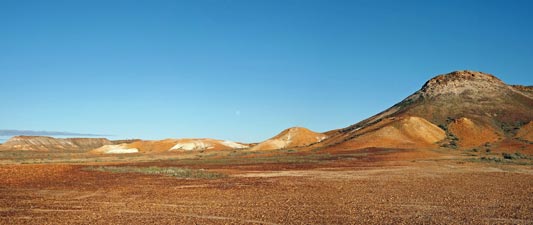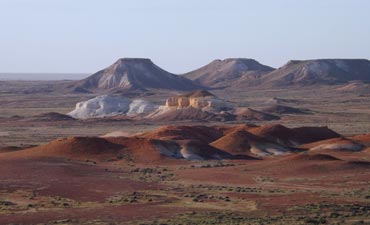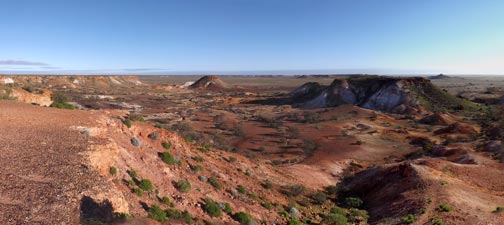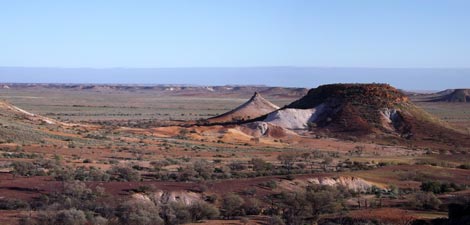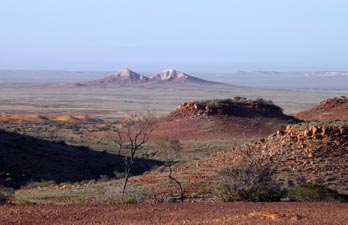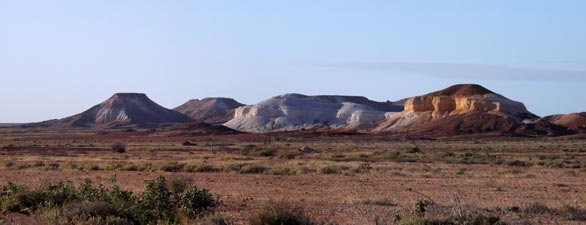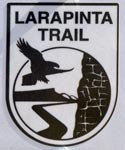 The easiest way to walk the Larapinta Trail is to call up one of the several companies who offer guided tours, pay your money, fly to Alice Springs and start walking - all will be catered for. However, for those of a more independent-mind, such as the fair Nello and myself, working out how to undertake such a long and remote walk is part of the overall challenge and, logistically, there is no doubt that it is a challenge.
The easiest way to walk the Larapinta Trail is to call up one of the several companies who offer guided tours, pay your money, fly to Alice Springs and start walking - all will be catered for. However, for those of a more independent-mind, such as the fair Nello and myself, working out how to undertake such a long and remote walk is part of the overall challenge and, logistically, there is no doubt that it is a challenge.
The first decision is in which direction do we do this long one-way track. While the official maps and guide notes follow it from east to west, many people walk the trail from west to east. The argument is that it is cheaper to get transport to the far end and make food drops on the way before walking back to Alice Springs, ending the walk at Alice Springs means you finish back in civilisation and don't have to organise a final road trip home and you don't have to walk into the afternoon sun. The downside is that the walk passes through the most spectacular country first and finishes by passing through less interesting landscapes (though such value judgements are always in the eye of the beholder).
The fair Nello and I opted to walk the track from east to west for two main reasons: starting out in more open country provides easier walking initially and hopefully would allow us to build up our stamina (I find it always takes a couple of days to "walk yourself into" a long trek) and it also meant that we would be heading into more and more spectacular landscapes, with the distant target of Mt Sonder a beacon to beckon us on. It is always good to have your enthusiasm reinforced, especially on a trek that takes 17 days. As for the sun, the track is lies east-west so no matter which direction you will be walking into the sun for part of the day, whether morning or afternoon.
Having left our superman days well behind, the idea of walking for 17 consecutive days with a full pack did not appeal, so we decided to break the walk into four stages, with a rest day in between. It would be a chance for good food, a bed, a cold beer and a hot shower before setting off again. These stages were: Alice Springs - Standley Chasm, Standley Chasm - Serpentine Gorge, Serpentine Gorge - Glen Helen and Glen Helen - Mt Sonder. In fact Glen Helen Station, the only non-camping accommodation after Alice Springs was to become our home away from home, as we would spend time there before and after the walk and during these breaks.

